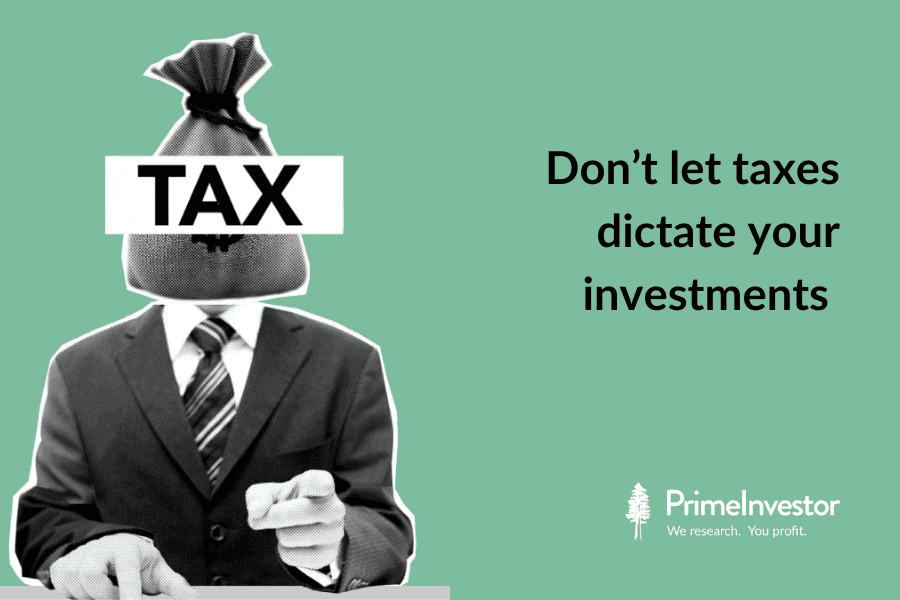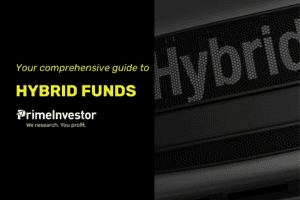In India, if there’s a national pastime for investors, it is trying to outwit the taxman. Young earners look at tax saving investments before they even think of their financial goals. Seasoned folks are perpetually on the hunt for innovative products that exploit tax loopholes.
But focusing too much on tax breaks can give you tunnel vision about the other, far more important critical inputs to investing. These are:
- aligning your product choices to your goals,
- aligning your asset allocation to your risk profile, and
- checking out the safety and liquidity aspects before investing.
We highlight some of the big mistakes that investors make in their desperation to avoid taxes, so that you can avoid them.

Home loan trap
Some financial decisions are life-altering. Buying a home is one such decision with irreversible implications for our long-term net worth and financial security. Yet, buying a home has become a tax saving decision in India because of section 80C and section 24B, which allow taxpayers to deduct the principal and interest repayments on their home loans (up to certain limits) from their income for calculating the tax outgo.
Young folks just starting out on their careers take on super-sized home loans and EMIs (Equated Monthly Instalments) for 15, 20 or 25 years to ‘protect’ their incomes from tax, even though they are handing over a chunk of their income to the lender.
In India, buying a home in the early stages of one’s career seldom makes sense. If you stay in the home, it ties you to a single location and takes away the mobility to seek out lucrative career opportunities elsewhere. If you rent it out and relocate, you end up paying rent at the new location on top of EMI, while the rent earned on your own property covers only a fraction of the EMI. A 15- or 20-year EMI obligation in your 20s and 30s also makes a big dent in your ability to save or invest when you are young – the best time to invest in compounding assets like equities.
Giving up liquidity and flexibility
If younger folk take on home loans, seasoned ones sign up for products that commit them to large annual payouts or unnecessary lock-ins just for tax breaks. Guaranteed income plans from insurers, which require you to pay premia for the first 8-13 years so that the insurers return your money by way of guaranteed ‘income’ in later years, are a classic case.
Some HNIs have signed up for annual premiums running into lakhs or crores in these plans. Though the IRR (Internal Rate of Return) on such products is 5.5-6.5%, the main attraction is that these returns are tax-free. (Check our calculator to work out the IRR of such products if your agent pushes them on you!)
This tax loophole was partly plugged in the last budget with maturity proceeds on insurance plans with premia above Rs 5 lakh a year made fully taxable. But investments in plans with premia upto Rs 5 lakh continue!
Committing to low-return endowment plans or ULIPs (where you can’t exit within 5 years in the event of poor performance) is a similar mistake. When signing up for any investment product, flexibility to opt out early in case you need money is critical.
Product-goal mismatches
One of the basic rules in investing is to choose asset classes that match the horizon of your financial goals. No good advisor would ask you to use equities for regular income or debt for wealth creation.
Yet in their eagerness to save on tax, many investors end up doing precisely this. Indians of this generation have steep retirement targets ahead of them with no guaranteed pensions. This makes it imperative for them to rely on equity-heavy portfolios for building their retirement kitty.
But most folks use Employees Provident Fund and Public Provident Fund (EPF and PPF) as their primary retirement accumulation vehicles. They make only residual investments in equities or equity funds, after maxing out their contributions to these vehicles. This is thanks to the much talked about EEE (Exempt Exempt Exempt) tax treatment of EPF and PPF where contributions, returns and final proceeds have historically been tax-free.
On the eve of retirement, such investors may realise that paying a 10% capital gains tax on an asset that compounds at 12-13% (assuming equity returns at this level) is far better than earning a 7-8% return that is tax-free.
There are many other examples of tax considerations driving a product-goal mismatch. Investors with child education goals that are 7-plus years away can easily afford to bet on aggressive or balanced equity funds for good returns. But many love the Sukanya Samridhi Scheme for its EEE status despite its many pre-conditions and floating return. (Read about the pros and cons of the Sukanya Samriddhi scheme here)
Unnecessary churn
One of the favourite hobbies of Indian Finance Ministers is to tweak the income and capital gains tax rates and unearth new ways in which investment returns can be taxed. Some investors try to engage in a game of chess with FMs, to constantly chop and change their own investment portfolios to make the most of these shifting tax rates.
One recent example was the bolt-from-the-blue move to remove all indexation benefits as well as capital gains taxation on debt mutual funds in the 2023 budget. Debt fund returns thus became taxable at slab rates. This led many investors to immediately redeem from debt funds and switch to equity savings/arbitrage funds or hybrid funds with a 35-65% equity allocation. But hybrid or even equity savings carry a higher risk profile and are not as suitable for income- seeking investors as pure debt funds. (Read our earlier report on choosing hybrid funds over debt for the sake of taxation)
There’s also no saying what the FM may do in future. Should the ‘loophole’ on hybrid funds enjoying indexation be discovered and plugged in future, these investors may need to churn their portfolios once again.
Churning your portfolio merely to make the most of marginal tax tweaks can interrupt compounding, one of the cardinal mistakes in investing. Investors who sell their equity holdings every year to avail of the Rs 1 lakh per year capital gains tax exemption, also face similar risks. The churn may end up costing more in terms of transaction costs and higher prices on re-entry, than the tax savings they hope to make.
Fragmented holdings
Finally, there are investors who try to bamboozle the taxman by fragmenting their investments across multiple accounts, platforms and even identities. In the olden days before PAN-Aadhar linkages and data mining, the Indian tax department was perhaps unable to sniff out the dozen bank accounts held by a single investor, or look through investments ‘gifted” to close relatives.
But India’s CBDT today is armed with state-of-the-art digital and IT infrastructure that enables it to present you with a comprehensive list of high-value transactions and bank deposits, even if you missed some of them. (Read about the IT department’s Project Insight)
Holding multiple bank accounts and spreading your investments thin across multiple platforms, holding structures and identities, therefore, does nothing to save you from taxes and everything to complicate your own life. This type of ‘tax planning’ also creates enormous hardship for your heirs when they need to file claims after your passing.
Finally, let’s not forget that the government is keen to migrate all individual taxpayers to a completely new tax regime, which will be exemption-free. In recent budgets, the new tax regime has seen rationalisation and reduction of tax rates while rates under the old regime have remained untouched. The new tax regime may well put an end to tax planning as we know it. All the more reason to make our investment decisions with an eye to our own goals, rather than those of the FM!







8 thoughts on “Don’t let taxes dictate your investments”
Thank you Aarati mam. Very Insightful.
Great article
Thanks
“national pastime for investors, it is trying to outwit the taxman” – LOL. That’s me several years ago. Excellent article.
Congrats on escaping that mindset! 😁 It was a newbie mistake I did too.
As rightly argued by Aarati madam, one must realize that getting too obsessed with taxes is like missing the forest for the woods. Less is more should be the mantra. Simplicity is really powerful and effective than unnecessarily complicating one’s investments.
Very nice article. Crisp and clear. Thanks
Thank you!